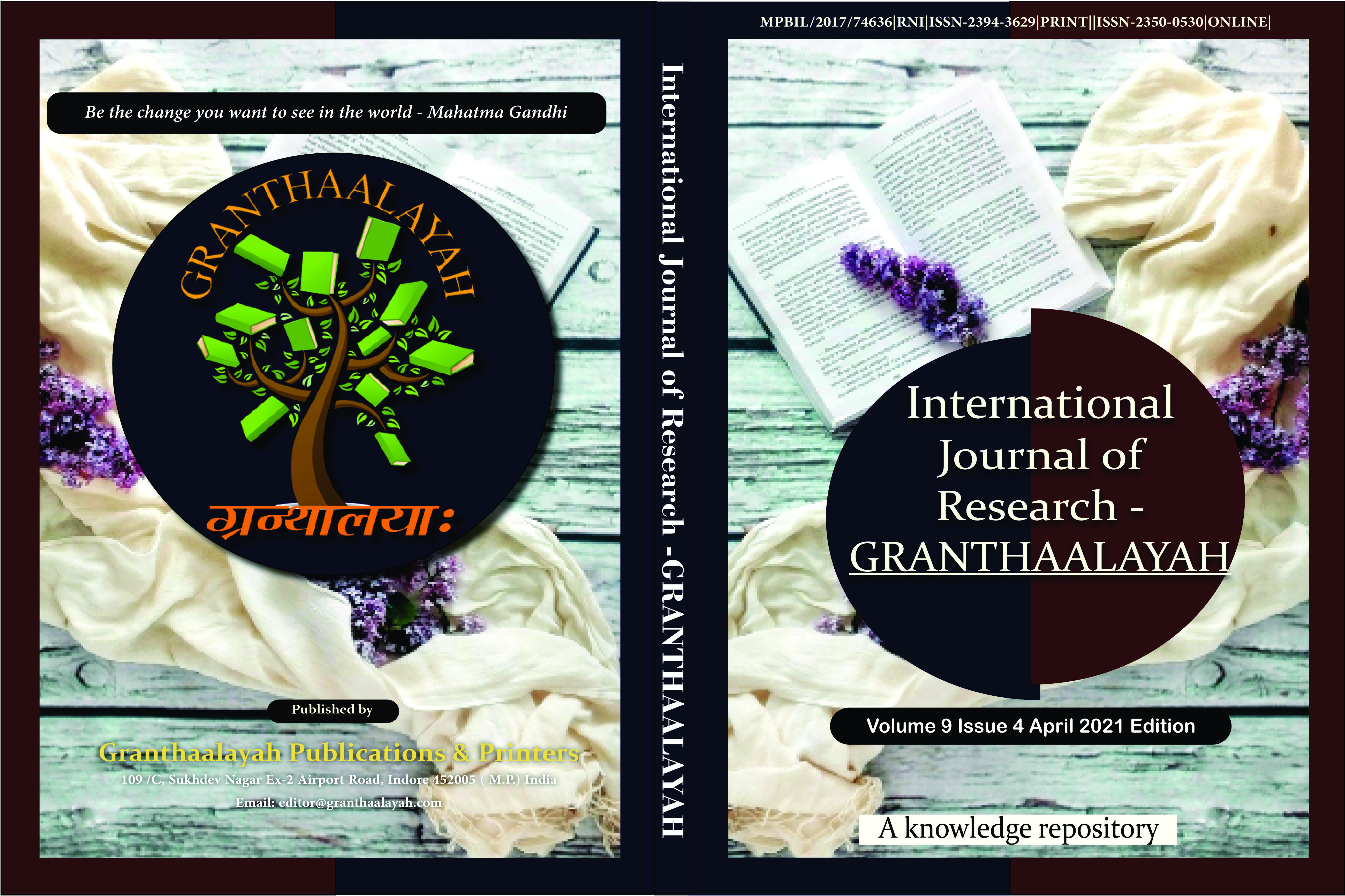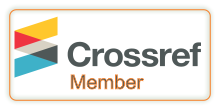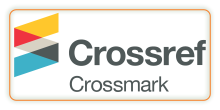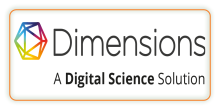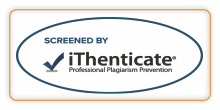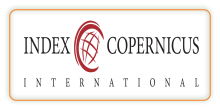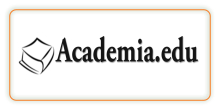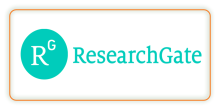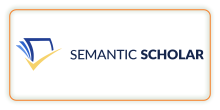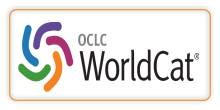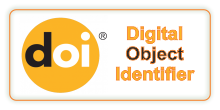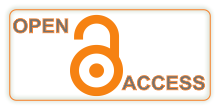IMPLEMENTATION OF THE SIAGA VILLAGE PROGRAM FOR COVID-19 PREVENTION IN BALI, INDONESIA
DOI:
https://doi.org/10.29121/granthaalayah.v9.i4.2021.3841Keywords:
Siaga Village, Covid-19 Prevention, ImplementationAbstract [English]
Abuan Village, Susut District, Bangli Regency is one of the Siaga Villages in Bali. Siaga Village is a picture of a community that is aware, willing, and able to prevent and overcome various threats to public health. However, in Abuan Village, there had been a case where the community was confirmed positive for significant Covid-19. This condition raises the question of why the covid-19 incident can occur in Siaga Village. The purpose of the research is to know the implementation of Siaga Village program in Prevention Covid 19 in the Abuan village of Bangli regency. This research uses qualitative and quantitative approaches through SWOT analysis and followed by IFAS and EFAS matrices, with 30 respondents taken purposively. The results showed that the implementation of the Siaga Village program for the prevention of the Corona Covid-19 virus disease in Abuan Village Bangli Regency was generally in a very good category. The factors that determine the implementation of the Siaga village program in efforts to prevent Covid-19 consist of internal factors, namely clean and healthy living habits at the household level, access to health services, and village forums. The external factor is the existence of negative information (hoax) from social media about Covid-19 and other health. The strategy for implementing the Siaga village program is to carry out clean and healthy household behavior, carry out village forums regularly, update Decree Letters, disseminate correct information about the Covid-19 virus disease, and increase the role of health cadres.
Downloads
References
Bali, D. K. P. (2012). Technical Guidelines for the PHBS Program (Clean and Healthy Lifestyle) Household Structure in Bali Province. Denpasar .
Kesehatan, K. & R. I. (2010). General Guidelines for Active Siaga Village and Village Development. Health Promotion Center. Jakarta .
Kesehatan, K. & R. I. (2015). General Guidelines for Posyandu Management . Jakarta: Health Promotion Center. .
Kesehatan, K. & R. I. (2014). Guidelines for Implementing Community-Based Health Efforts in Active Siaga Villages and Sub-Districts. Jakarta: Health Promotion Center. .
Maharani, S. I., Martanti, L. E. & Bahiyatun, B. (2018). Study of Community Empowerment through Siaga Village in the Context of Efforts to Reduce AKI in Bergas, Semarang Regency. Journal of Midwifery 7(15), 10–16. DOI: https://doi.org/10.31983/jkb.v7i15.3244
Misnaniarti, M. (2011). Study on the development of the Siaga Village in Ogan Ilir Regency. Journal of Health Service Management (02) 14.
Pramudyani, A., Setiawan, A., Fajariyansyah, A. & Aji, G. L. (2019). Community Empowerment Efforts in the Health Sector Towards Siaga Villages. by KKN UAD in Watu Gajah and Mertelu, Gendangsari, Gunung Kidul. Journal of Empowerment: Publication of Community Service Results 3(1).
Proverawati, A. & Rahmawati, E. (2012). Clean and Healthy Living Behavior (PHBS). Yogyakarta: Nuha Medika. 2–105.
Rangkuti, F. (2016). Swot Analysis Techniques Dissecting Business Cases. PT Gramedia Pustaka Utama. Jakarta .
Rochmawati, A. (2010). The Relationship Between Health Cadre Activeness and the Development of the Siaga Village Program in Masaran District. (pp. 2020) Sragen Regency; Surakarta: Retrieved from https://eprints.uns.ac.id/id/eprint/4197
Sulaeman, E. S., Karsidi, R., Murti, B., Kartono, D. T., Waryana, W. & Hartanto, R. (2012). Community empowerment model in the health sector, siaga village program study. Kesmas: National Public Health Journal 7(4), 186–192. DOI: https://doi.org/10.21109/kesmas.v7i4.54
Suriyati, N. P., Widnyana, I. K. & Sukerta, I. M. (2019). Implementation Strategy of Labor and Prevention Planning Program in Tabanan District. International Journal of Contemporary Research and Review 10(01), 21237–21244. Retrieved from https://dx.doi.org/10.15520/ijcrr.v10i01.648 10.15520/ijcrr.v10i01.648 DOI: https://doi.org/10.15520/ijcrr.v10i01.648
Published
How to Cite
Issue
Section
License
Copyright (c) 2021 Ni Kadek Widyanti, I Ketut Widnyana, I Putu Sujana, Ni Putu Pandawani

This work is licensed under a Creative Commons Attribution 4.0 International License.
With the licence CC-BY, authors retain the copyright, allowing anyone to download, reuse, re-print, modify, distribute, and/or copy their contribution. The work must be properly attributed to its author.
It is not necessary to ask for further permission from the author or journal board.
This journal provides immediate open access to its content on the principle that making research freely available to the public supports a greater global exchange of knowledge.

